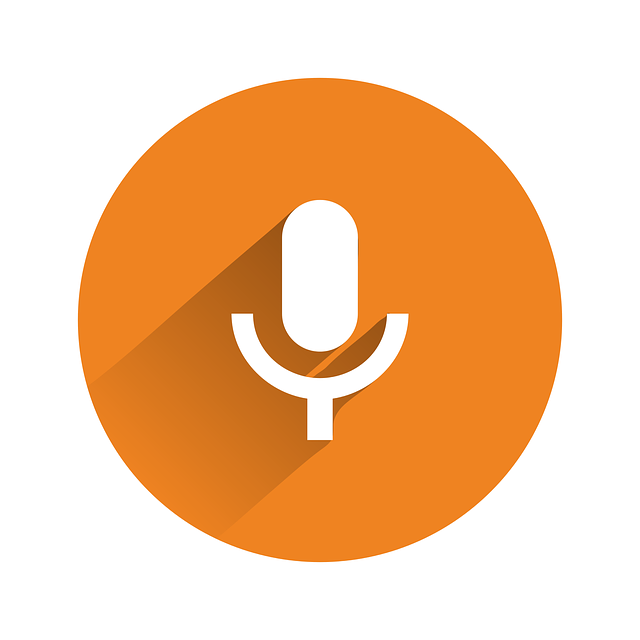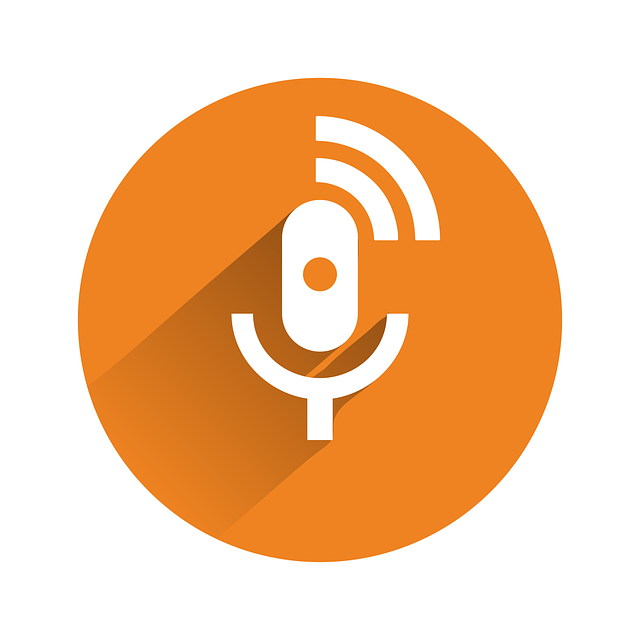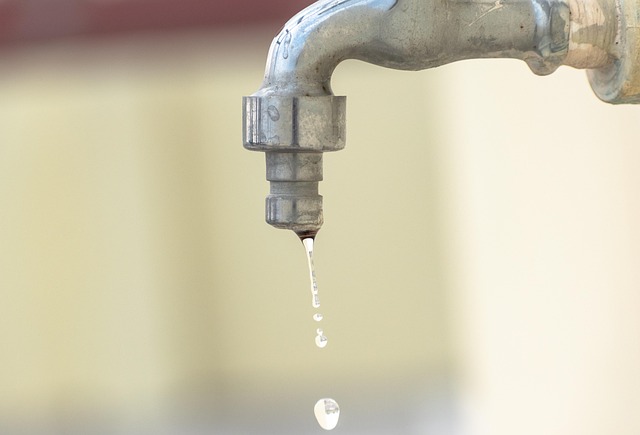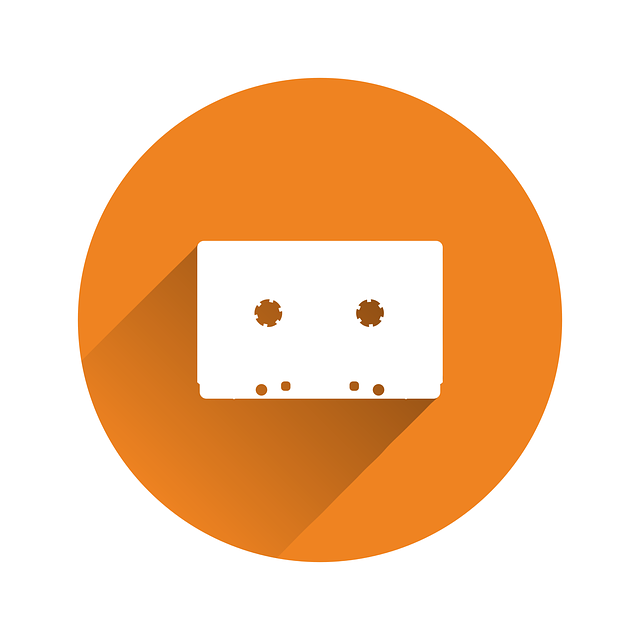Leak detection is a critical service for property owners, employing advanced technology like moisture meters, thermal imaging cameras, and sound detection equipment to identify and mitigate water leaks early. This prevents severe water damage, saves on repair costs, ensures building longevity, and manages water resources efficiently. Services address common plumbing leaks to complex rooftop issues, with prompt detection crucial for avoiding waste, structural damage, high utility bills, and mold growth. Advanced technologies like infrared thermal imaging, radar systems, and drone surveillance have revolutionized leak detection, offering precise identification and reduced downtime. A multi-step process includes visual inspections, dog sniffing, and advanced techniques to pinpoint leaks thoroughly. Knowing common signs of leaks, such as increased water bills or discolored walls, is essential for prompt action. Regular leak detection saves money, prevents mold growth, and safeguards investments by avoiding costly emergency repairs. Engaging a professional with specialized training, a proven track record, and access to advanced tools ensures quality service, while immediate action after detection minimizes damage through isolation and maintenance checks.
“Leak detection services are vital in safeguarding your property and preventing significant damage. This comprehensive guide explores the intricate world of leak inspection, from understanding the basics to advanced technologies used by professionals. We delve into various types of leaks, offering insights on plumbing and rooftop concerns. Learn about the step-by-step process, common indicators, and benefits of regular detection for property owners. Discover real-world success stories, crucial tips for choosing experts, and preventive measures to mitigate risks post-detection, ensuring your home remains leak-free.”
Understanding Leak Detection: The Basics and Importance

Leak detection is a critical service that helps identify and mitigate water leaks, which can cause significant damage to properties. The process involves using advanced technology and techniques to pinpoint sources of water loss, whether it’s in residential or commercial buildings. By understanding the basics of leak detection, property owners and managers can better appreciate its importance and benefits.
Early detection is key when it comes to preventing severe water damage. Leak detection professionals employ various tools such as moisture meters, thermal imaging cameras, and sound detection equipment to locate leaks hidden behind walls, under floors, or within complex plumbing systems. This proactive approach not only saves on repair costs but also ensures the longevity of buildings by addressing issues before they escalate. Effective leak inspection services play a vital role in maintaining the integrity of structures and managing water resources efficiently.
Types of Leaks: From Plumbing to Rooftop Concerns

Leak inspection services encompass a wide range of issues, addressing various types of leaks that can affect different parts of a property. Plumbing leaks are among the most common concerns for homeowners and businesses alike. These can manifest as dripping faucets, running toilets, or water damage around pipes, often indicating faulty fixtures, pipes, or valves. Prompt detection and repair of plumbing leaks not only saves water but also prevents significant structural damage and high utility bills.
Beyond plumbing, rooftop leaks pose another critical issue. Weather conditions like heavy rain, snow, or strong winds can cause damage to shingles, flashing, or gutters, leading to water ingress into attics or ceilings. These types of leaks are often more challenging to identify due to their hidden nature, but they can result in extensive interior damage and mold growth if left unaddressed. Effective leak detection methods are essential to pinpointing these rooftop problems before they escalate.
Advanced Technologies in Leak Inspection Services

Leak inspection services have evolved significantly with the integration of advanced technologies, revolutionizing the way leaks are detected and addressed. These modern tools offer unparalleled precision and efficiency in identifying even the subtlest water or gas leakages within complex systems. From smart sensors to drone surveillance, these innovations are transforming a once labor-intensive process into a streamlined operation.
For instance, infrared thermal imaging cameras can detect temperature variations caused by hidden leaks, while radar-based systems pinpoint moisture levels with remarkable accuracy. Moreover, drones equipped with high-resolution cameras and sensors provide a bird’s-eye view, enabling inspectors to access hard-to-reach areas without the need for extensive demolition. This not only enhances safety but also reduces downtime and repair costs associated with traditional leak detection methods.
The Process: How Professionals Conduct Leak Surveys

Professionals in leak inspection services employ a meticulous process for conducting thorough leak surveys. The initial step involves a visual inspection, where experts carefully examine every visible aspect of the structure, looking for any signs of water damage or potential leak sources. This includes checking for visible cracks, moisture stains, and unusual odours that might indicate a hidden leak.
Once the visual assessment is complete, advanced leak detection techniques are employed. These methods can include infrared thermal imaging to identify temperature variations suggesting water intrusion, ultrasound technology to locate leaks in pipes, or even dogs specifically trained to sniff out moisture. Combining these tools ensures that every nook and cranny is thoroughly checked, enabling professionals to pinpoint the exact source of any leaks efficiently and accurately.
Common Signs Indicating a Potential Leak

Many leaks go unnoticed until they’ve caused significant damage, so it’s crucial to be aware of common signs that could indicate a potential leak. One of the most obvious symptoms is an increase in your water bill with no apparent reason. This could suggest hidden water loss, often the result of a leaking pipe or faulty appliances like toilets or refrigerators. Another telltale sign is discolored or stained walls, ceilings, or floors, especially in corners and along baseboards. These stains may be mold or mildew, both of which thrive in moist environments caused by leaks.
Additionally, strange smells, such as musty odors, can signal water damage and subsequent mold growth. You might also notice peeling paint or warped wood, indicating prolonged moisture exposure. If you hear dripping sounds coming from walls or ceilings at unusual times, it could be a clear sign of a leak. Lastly, pay attention to any signs of water accumulation or puddles in areas not typically associated with water sources, like basements or attics. Prompt action on these indicators can prevent minor issues from turning into major, costly problems through effective leak detection services.
Benefits of Regular Leak Detection for Property Owners

Regular leak detection is a crucial practice for property owners, offering numerous advantages that contribute to both financial savings and long-term asset preservation. By proactively identifying leaks, homeowners can prevent costly repairs and replace damaged items before they become extensive issues. This proactive approach saves money by minimizing the need for emergency repairs during off-peak hours, when rates tend to be higher.
Moreover, consistent leak inspections ensure that any potential water damage is caught early. Water damage can lead to mold growth, which not only compromises indoor air quality but also requires expensive remediation. Regular checks allow property owners to address leaks promptly, mitigating these risks and protecting their investments.
Case Studies: Real-World Success Stories of Leak Inspection

In the realm of leak inspection services, real-world success stories serve as testament to the efficacy of advanced leak detection techniques. Case studies from diverse industries paint a vivid picture of how early intervention through meticulous leak inspections has prevented significant damage and saved substantial costs. For instance, a recent study highlighted a commercial building that, due to regular leak scans, was able to identify and repair a hidden pipe burst before it caused widespread water damage, saving the owner thousands in restoration costs.
Another compelling narrative involves a historic residence where leak detection technology uncovered subtle seepage in its intricate plumbing system. By addressing these issues promptly, the homeowners avoided the potentially devastating effects of mold growth and structural damage, preserving the building’s integrity for future generations. These success stories underscore the critical role of professional leak inspection services in safeguarding properties, minimizing disruptions, and promoting longevity.
Choosing the Right Company: Tips for Engaging Reliable Experts

When seeking leak inspection services, choosing the right company is paramount for effective leak detection. Look for experts with a proven track record and specialized training in various leak detection methods. Reputable companies will invest in advanced tools and technologies to ensure precise identification of even hidden leaks.
Verifying their certification, experience, and customer reviews can help you make an informed decision. Engaging professionals who offer comprehensive services, from initial inspection to repair, is essential for addressing the issue efficiently. Remember to ask about guarantees and post-repair support to ensure peace of mind and long-term leak prevention.
Preventive Measures: Mitigating Risks After a Leak is Detected

After a leak is detected, taking immediate action is crucial to mitigate potential risks and damage. The first step involves isolating the source to prevent further water intrusion. This may include shutting off water supplies or repairing faulty pipes. Once the leak is under control, implementing preventive measures becomes paramount. Regular maintenance checks are essential to identify and address any vulnerabilities before they escalate into full-blown issues.
Homeowners and business owners alike should schedule routine inspections to assess plumbing, roofing, and other potential leak points. Using advanced leak detection technologies can significantly aid in this process, allowing for early intervention and reduced water damage. By combining swift action with proactive maintenance, individuals can minimize disruptions and costly repairs associated with leaks.
